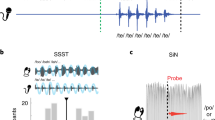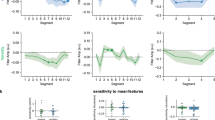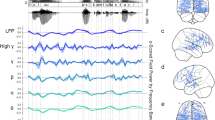Abstract
IN reply to Prof. Scripture's letter in NATURE of June 28, I am not able to discuss the more recondite points he raises as to the nature of vowel sounds, or the mathematical formulæ by which alone, as he states, they can be subjected to analysis. I cannot, however, accept his statement that the undamped piano strings fail to respond to short spoken vowels. The facts can be tested in a moment by any one who has access to a piano. The fuller the tone of the instrument the clearer will be the response.
This is a preview of subscription content, access via your institution
Access options
Subscribe to this journal
Receive 51 print issues and online access
$199.00 per year
only $3.90 per issue
Buy this article
- Purchase on Springer Link
- Instant access to full article PDF
Prices may be subject to local taxes which are calculated during checkout
Similar content being viewed by others
Author information
Authors and Affiliations
Rights and permissions
About this article
Cite this article
WILKINSON, G. The Theory of Hearing. Nature 114, 87–88 (1924). https://doi.org/10.1038/114087c0
Issue Date:
DOI: https://doi.org/10.1038/114087c0
Comments
By submitting a comment you agree to abide by our Terms and Community Guidelines. If you find something abusive or that does not comply with our terms or guidelines please flag it as inappropriate.



